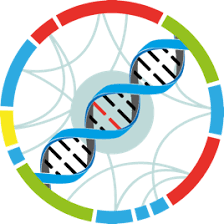Study : Gypsophila paniculata Transcriptome or Gene expression
Identification
Name
Gypsophila paniculata Transcriptome or Gene expression
Identifier
dXJuOkVWQS9zdHVkeS9QUkpOQTYwNjI0MA==
Description
Invasive species provide an opportune system to investigate how populations respond to new or changing environments. While the impacts of invasive species increase annually, many gaps in our understanding of how these species invade, adapt, and thrive in the areas they are introduced to remain. Using the perennial forb Gypsophila paniculata L. as a study system, we aimed to investigate how invasive species respond to different environments. Babys breath was introduced to North America in the late 1800s and has since spread throughout the northwestern United States and western Canada. We used an RNA-seq approach to explore how molecular processes may be contributing to the success of invasive G. paniculata populations that are thought to share similar genetic backgrounds across distinct habitats. Transcription profiles were constructed for root, stem, and leaf tissue from seedlings collected from a sand dune ecosystem in Petoskey, MI (PSMI) and a sagebrush ecosystem in Chelan, WA (CHWA). Using these data we assessed differential gene expression between the two populations and identified SNPs within differentially expressed genes.
Genotype
| Accession number | Name | Taxon |
|---|
